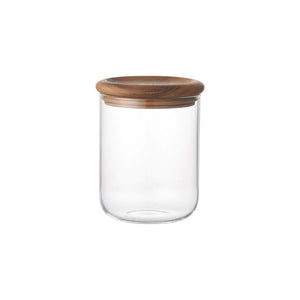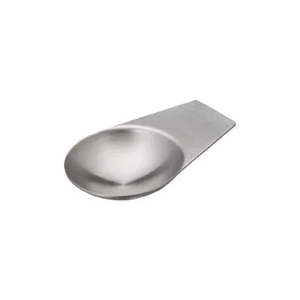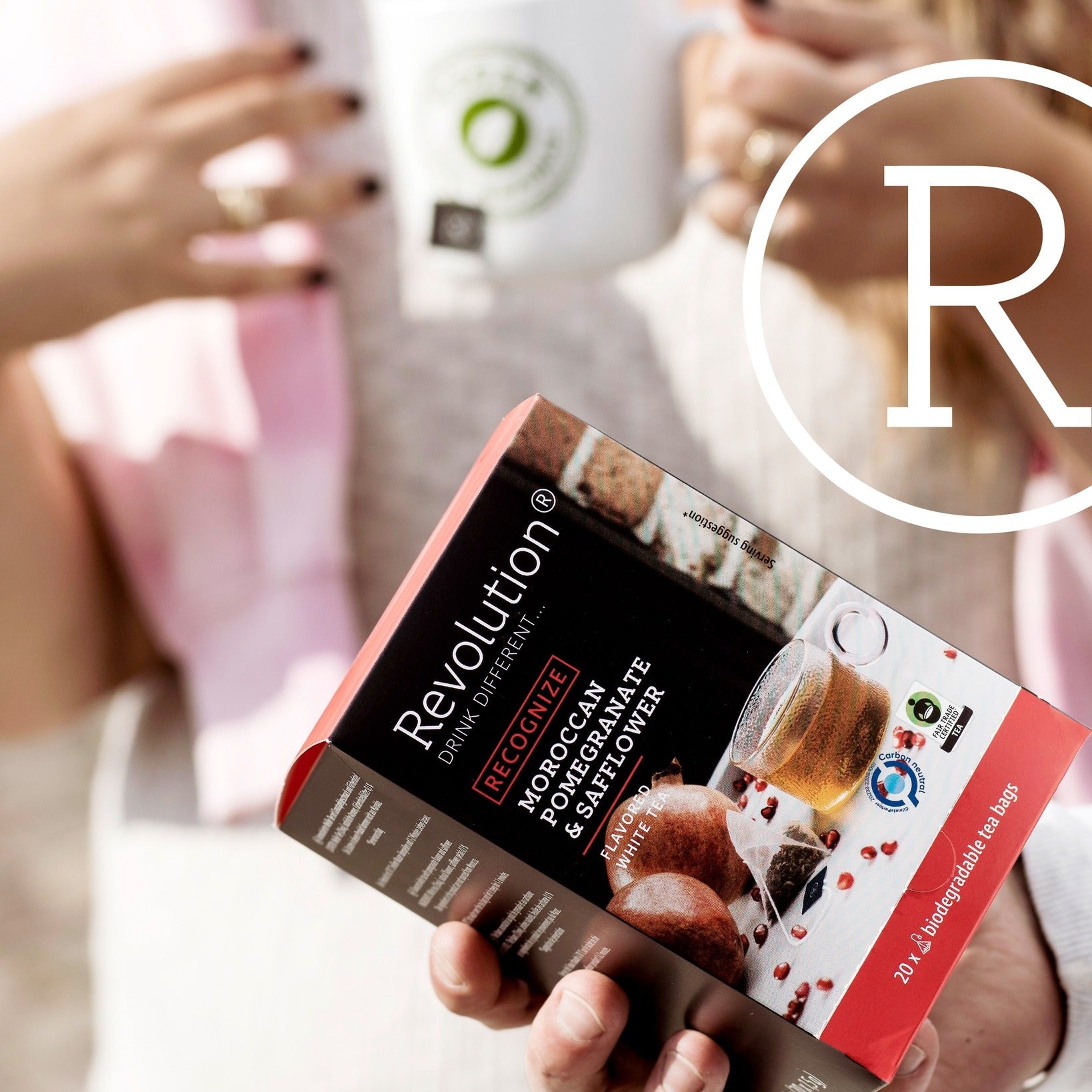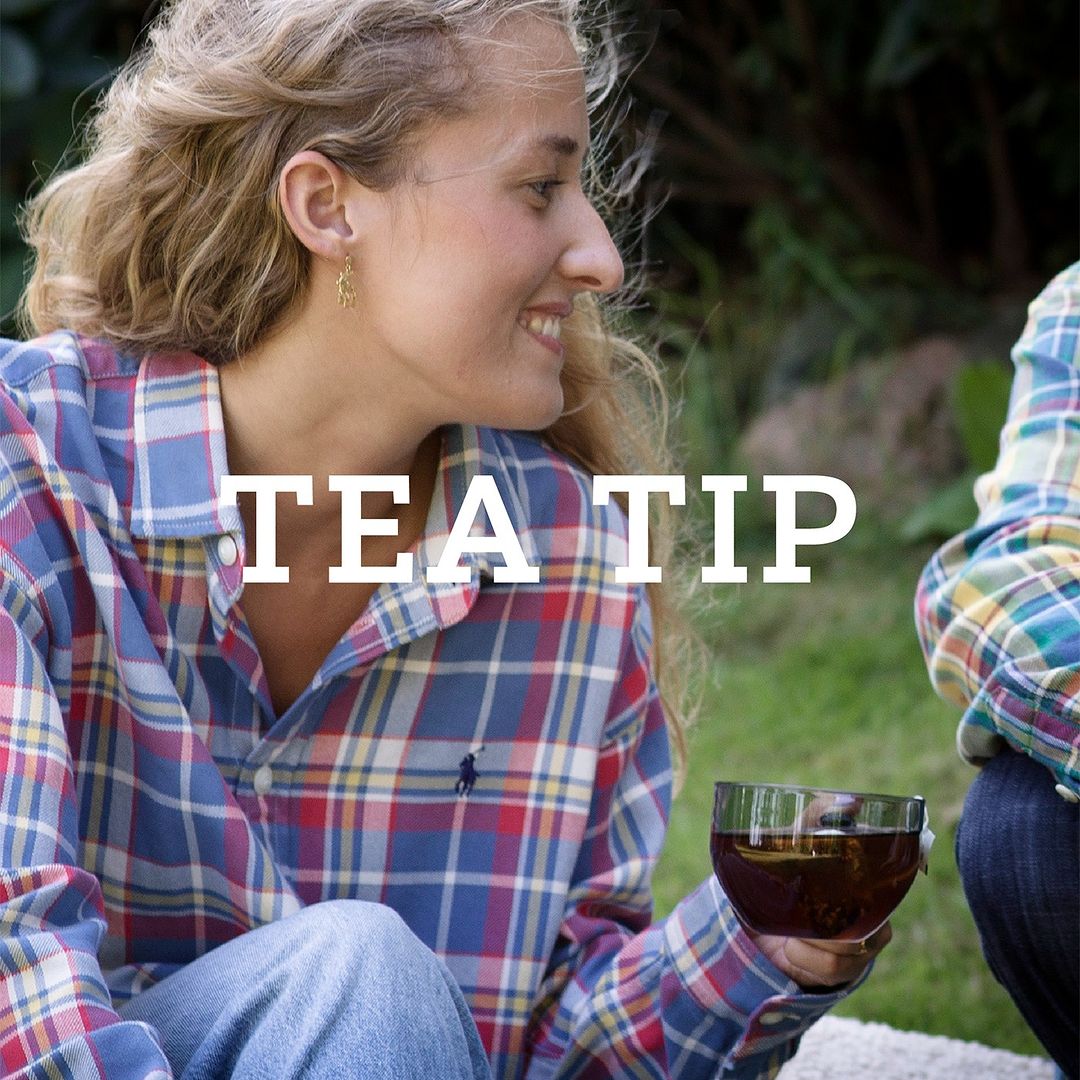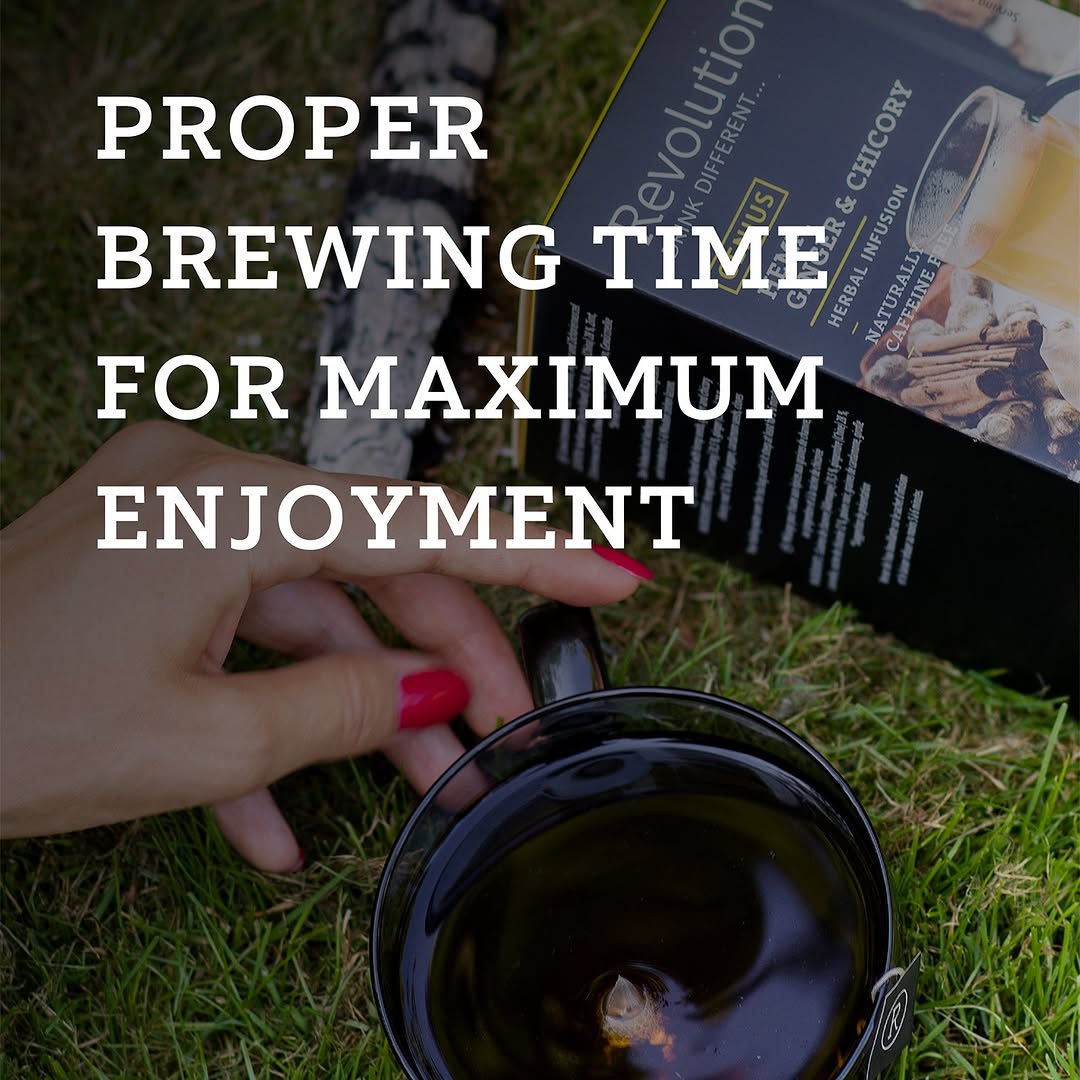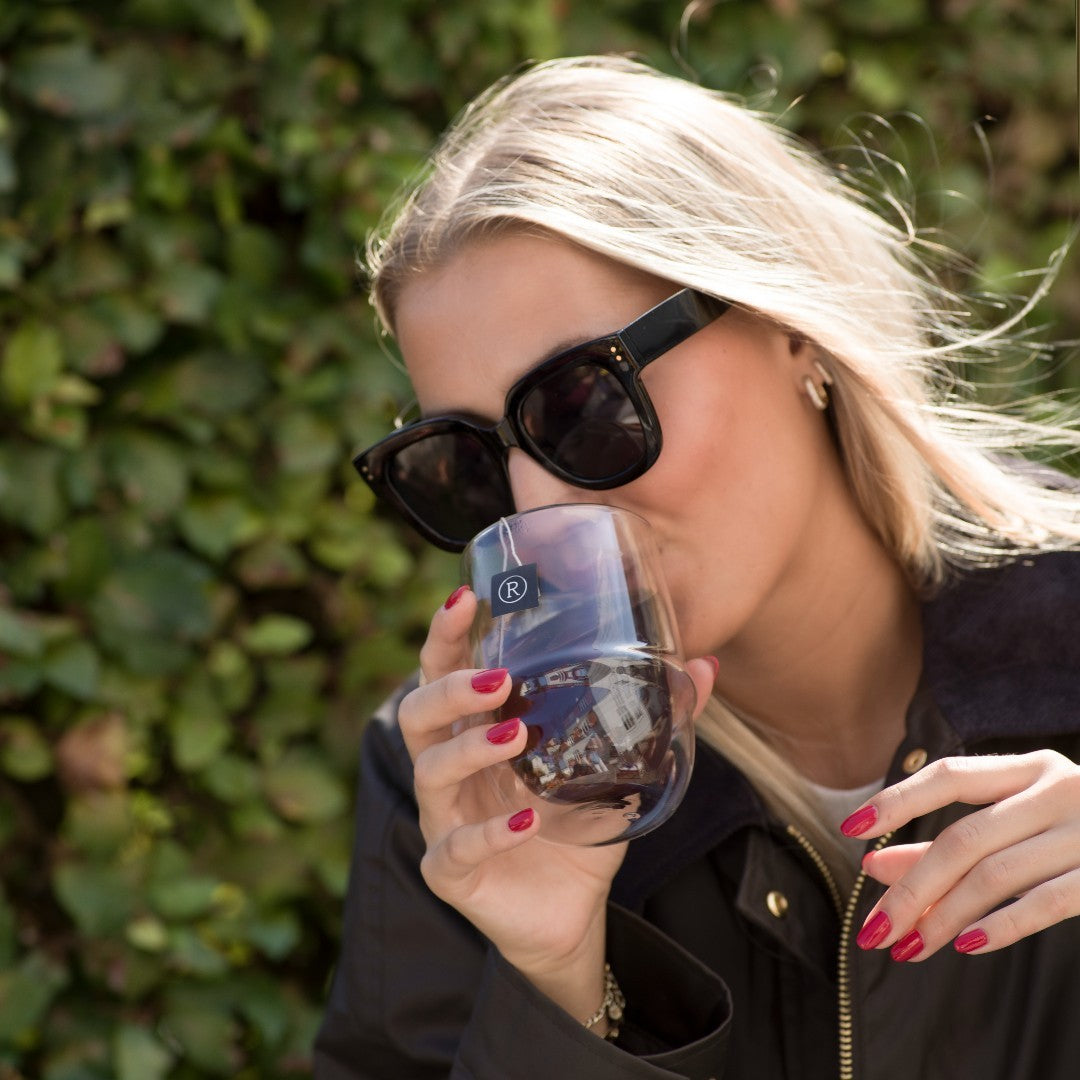
The Passionate Tea Drinker's Guide to Black Tea
It was a classic power struggle. The British Empire, powered by the Industrial Revolution, lay claim to global dominance in the 19th century. Tea, a synergistic combination of diverse flavors, threatened that status quo. Chinese tea initially entered the English market in the 17th century. Local tastes for tea soon proliferated to the extent that the mighty British empire struggled to narrow a trade imbalance with China. The Chinese, of course, were fastidious in guarding the secrets of tea growing and processing. Just as undeterred, Queen Victoria ordered her trusted courtiers to explore the possibilities of growing tea in one of her colonies. Thus began the race to dominate the global tea market.
Black Tea Comes Into Its Own: A Brief Overview
The Bruce brothers were at the forefront of efforts to dominate the tea trade. Robert Bruce (not to be confused with Robert the Bruce, Scotland's 14th century king) began his quest in Assam. Aided by Maniram Dewan, an Assamese nobleman, Robert discovered the tea plants grown by the native Singpho people. After Robert's untimely death, his brother Charles Alexander continued his pioneering work of cultivating Assam tea for English tastes. Meanwhile, Lord William Bentinck formed his famous Tea Committee in 1834 to study the possibilities of tea cultivation in India. He dispatched the Committee's secretary, Mr. George James Gordon, to China, and the latter returned with Chinese Bohea tea seeds. "Bohea" is also known as Wuyi tea, a type of black tea grown in the famous tea region of Wuyi, which also produces Lapsang Souchong (another popular black tea). In 1838, fresh from its victory in the First Anglo-Burmese War, Britain made the Assam tea region an English protectorate. By 1850, the Chinese Camellia sinensis var. sinensis was grown alongside the native Camellia sinensis var. assamica in Darjeeling, Assam, and Nilgiri. The assamica provides more flushes (new growths within a season) than the Chinese variety. Many 19th century tea experts pronounced the introduction of the sinensis variety a "curse," as the native assamica produced a more desirable tea. Fortunately, tea grown in the above three regions were primarily of the assamica variety, from which was derived the stronger-flavored black tea. Today, these regions also grow white, green, and oolong teas. The main difference between green and black tea centers on the diverse methods of frying and firing the leaves. Green tea leaves are fried over slow fires but never fired. To produce black tea, the leaves are roasted in iron pans and then fired over slower fires, thus producing the darker leaves. It's important to note that green tea can be made into black tea but the reverse is impossible. Black teas generally contain the highest caffeine content of all the teas, above that of green, white, and oolong. They also contain fewer antioxidants, due to the fermentation process.
Black Tea Grades: The Basics
There are typically 4 main grades, based on flush, leaf size, and method of processing. They are Orange Pekoe (OP), Broken Orange Pekoe (BOP), fannings, and dustings. Orange Pekoe consists of full leaves, with no tips or buds. Each of the four types can also be designated flowery, tippy, or golden. For example, GFBOP stands for "Golden Flowery Broken Orange Pekoe" and TGFOP stands for "Tippy Golden Flowery Orange Pekoe." In tea-speak, Orange Pekoe generally refers to medium-grade, whole leaf black tea (consisting of the upper two leaves and bud of the plant). So, "orange pekoe" is a classification term, not a reference to a type of citrus-flavored tea. Finally, fannings and dustings are broken leaf teas, with the latter showing up as a fine powder.
Popular Types of Black Tea & Blends
Assam Black Tea
This tea is primarily grown in the Assam region in India. Good Assam tea is boldly fragrant but not overpowering. A first sip may uncover astringent and tannic qualities. However, a rich aftertaste of roasted malt and creamy chocolate makes for a smooth finish.
Darjeeling Black Tea
This exclusive black tea is grown only in Darjeeling, India. First flush Darjeelings are pure heaven. As the first pluckings of the season, first flush Darjeelings yield the freshest, most fragrant teas. Today's Darjeelings may also be derived from the assamica/sinensis hybrids developed by Lord William Bentinck and his Tea Committee in the 19th century. Generally, there are four Darjeeling flushes: first (between February and May), second (between May and June), monsoon (July to September), and autumn (October to November). Many black tea connoisseurs laud the flavors of second flush Darjeeling. Due to its full-bodied muscatel flavor (which is unlike any other tea in the world), the prestigious Darjeeling is also known as the Champagne of Tea.
Ceylon Black Tea
The first tea plants in Ceylon (Sri Lanka) originated from the Chinese sinensis variety, which the British brought over in 1824. By 1840, the British were importing Assam tea seeds to the island colony in spades. They were so successful in their tea hegemonic goals that Ceylon emerged as the world's leading tea exporter in 1965. Ceylon black teas boast full-bodied citrusy flavors, with subtle chocolaty nuances.
Chai Kee Mun
Kee Mun is primarily grown in China's Anhui province. There are four basic types of Kee Mun: the Mao Feng, Hao Ya, Xin Ya, and Gong Fu. The Mao Feng and Xin Ya varieties are said to be the mildest and sweetest of the four. With Kee Mun, you get a range of floral, fruity, malty, piney, and smoky flavors, depending upon the variety you choose. This tea also has a bright, attractive wine-like color and is currently featured on China's most famous tea list.
Scottish, English, Or Irish Breakfast Tea
These black tea blends often accompany full European-style breakfasts of eggs, sausages, cold cuts, cheeses, fried tomatoes, sautéed mushrooms, and baked beans. Conventionally, English breakfast tea is milder than the Scottish or Irish varieties. All three breakfast blends contain a combination of Indian Assam, Ceylon, or Kenyan black teas. You may also find Kee Mun, Sumatran, Java, or Darjeeling mixed in. The Darjeeling infuses clean, light flavors into the breakfast teas, while the Ceylon christens each sip with a languorous sweetness. Finally, the underlying chocolaty malt of Assam presents a satisfying finish. These robust breakfast teas can be paired with either cream or milk.
Earl Grey
This pleasant tea is mainly Assam or Darjeeling tea infused with bergamot oil. Bergamot is a type of citrus grown in southern Italy and is said to derive from a fusion of bitter orange and lemon. Often, Earl Greys are combined with vanilla, giving the tea a citrusy natural sweetness and warmth. There are other variations of Earl Grey, such as French Earl Gray, which includes combinations of rose petals, calendula, hibiscus, or cornflowers. Meanwhile, the aromatic lemongrass takes center stage in Russian Earl Gray. Overall, this fruity, floral tea is a popular black tea blend.
Lapsang Souchong
Known for its luscious, pine smokiness, Lapsang Souchong is a quintessential king of all teas. Today, it still flourishes in the Wuyi mountains of Fujian province and is much favored by tea connoisseurs everywhere. Tea historians maintain that Lapsang Souchong is the earliest of the black teas. Adventurous tea drinkers may want to try the Russian Caravan, an intriguing combination of oolong, Lapsang Souchong, and Kee Mun teas. The Caravan is said to mimic the smoky ruggedness of teas brewed under the starry skies of the Silk Road.
Dian Hong Cha (also known as Yunnan Red)
This exquisite tea is primarily grown in Yunnan province, China. Dian Hong comes in four varieties: Broken Yunnan, Yunnan Gold, Yunnan Pure Gold, and Golden Needle. Of the four, Yunnan Pure Gold distinguishes itself by its "golden tips" (fine leaf buds): this variety is considered the most exclusive of the Dian Hong teas. Dian Hong is rich and well-balanced in flavor, with no astringent aftertaste.
Kenyan Black Tea
Currently, Kenya is the third largest tea producer in the world, after China and India. In Kenya, tea is mainly grown in the districts of Thika, Maragua, Kericho, Bomet, Nandi, Kiambu, and Kakamega. Today, the Kenya Tea Development Agency promotes the advancement of tea horticulture among native tea farmers. By itself, Kenyan black tea is robust and full-bodied, a mysterious, yet alluring bouquet of citrus, anise, cardamom, and chocolate.
How To Enjoy Black Tea
The sky's the limit with black tea: you can drink it hot or cold, depending upon the seasons and your personal preferences. Generally, rugged black teas such as Assam, Lapsang Souchong, and Russian Caravan pair well with milk, cream, or sweetened condensed milk. You can also omit the dairy and drink your tea plain with a little sugar and lemon. Below are some of the most popular milk teas around the world.
Malaysian Black Tea (Teh Tarik)
This popular milk tea is drunk in the coffee shops of Malaysia and Brunei. Historians maintain that Indian Muslims originally brought the drink to Malaysia after WW2. Today, teh tarik is made from black tea dustings, with sugar and condensed milk added to the brew. A popular hawker stall favorite is a meal of roti canai (Indian flatbread) and curry, washed down with copious cups of teh tarik.
Taiwanese Bubble (or Pearl Milk Tea)
The Taiwanese enjoy pairing black tea with condensed milk and either tapioca pearls, fruit jelly, sago (palm starch), grass jelly, or agar jelly. Today, you can even find this popular beverage blended with ice cream or tropical fruits. Best of all, you can drink bubble tea hot or cold. The latest bubble tea craze? Tiger Sugar, made from cream, black tea, syrup, and brown sugar boba pearls!
Thai Milk Tea
Traditional Thai milk tea is made using both sweetened condensed milk and evaporated milk. You can even make a vegan version by omitting the dairy and substituting with coconut milk. For a taste fest, try Thai milk tea with tapioca pearls, maple syrup, vanilla, and cardamom powder.
Masala Chai (or Chai Tea Latte)
This spicy, creamy tea is traditionally made from brewing whole Assam tea leaves with spices, such as cinnamon, ginger, clove, anise, coriander, and cardamom. You can prepare your own by prepping your spices in a spice grinder first. Remember to strain your chai after boiling your tea.
Japanese Royal Milk Tea
Royal milk tea is made the same way as masala chai, with an important difference: the Japanese don't use herbs or spices in it. This tea is traditionally prepared using Assam or Darjeeling tea.
Irani Chai
This popular drink is usually served with cookies and local pastries for afternoon tea. Traditionally, Irani chai is made with milk, a robust black tea (such as Assam or Darjeeling), sugar, evaporated milk, and mawa (milk solids).
Ready to start your own black tea adventure? Check out the Revolution Tea line of premium black teas and taste your way across the world.











